We are back in Niigata, the largest city on the west coast of Japan's main island of Honshu. Last time when we started our walk, we went back a long way, starting in the final days of the Edo period. At the time the Tokugawa shogunate came under increasing pressure and finally had to give in to foreign demands and establish five seaports for international trade.
Among these five sites was Niigata, but for various reasons it took until after the Meiji Restoration when the new imperial government finally opened the port of Niigata to foreign shipping in 1868.
Maritime trade brought new impetus to the region, and in order to better control incoming goods, a customs house and subsequent warehouse were built near the mouth of the Shinanogawa River into the Sea of Japan in 1869.
We first looked around the customs building for a while, which now in modern times functions as a museum. Almost 60 years ago, the original building was destroyed during the Niigata earthquake, and could no longer be used as a customs house. However, most of the actual port activities had moved by that time, so the new customs office was reopened at a different location. The now former historic Customs House was declared a National Historic Landmark in 1969, exactly 100 years after its inauguration. Several years of restoration work then returned the building to its early Meiji era appearance.
With its gleaming walls, it is still an eye-catcher today, recalling the beginning of the Niigata region's international ties and relations with the rest of the world.
But the wheel of time has kept turning in Niigata as well, and what was once new and modern is now old, and with any luck at least historic. The seaport of Niigata is now a little outside the city, but even in modern times, large ships still dock here at the mouth of the Shinanogawa. Most of the time, these are large ferries that travel from here to Sado Island and even as far as Hokkaido.
We had timed our visit well, because just as we were walking towards the river, the ferry towards Sado had left on the other side. Right in front of our eyes, the ferry then turned around to finally reach the open sea a few hundred meters downstream.
On this day we had wonderful weather and not only we were watching the little show right in front of our eyes. The riverfront invites to walk on both sides and on this Sunday there were a lot of people out to enjoy the warming sunshine.
Slowly, the ferry turned towards the sea and I was already a little envious of the passengers who would now embark on a ferry ride to Sado, which would take about two and a half hours. The island of Sado is located in the Sea of Japan just across the city of Niigata, but for the normal Japanese tourist it is probably a bit off the beaten track.

Nevertheless, I can highly recommend a side trip to Sado, because the island impresses especially with beautiful and almost unspoiled nature. But Sado also has something to offer culturally, as the island was for centuries a place of exile for disgraced officials and courtiers from Kyoto.
Among the most prominent exiles were the former emperor Juntoku, and also some famous priests such as Zeami, one of the founders of today's Nō Theater. The people in their entourage brought some of the cultural achievements of those times with them which then spread to the island.

While we were still standing on the bank of the Shinano River, the passengers on the ferry, on the other hand, could enjoy this view. The city in the background is getting smaller and smaller, until at some point it will almost disappear.And the people and sailors on the incoming ships and boats, which are heading for Niigata, will also have a similar view.
Like the Yahiko Maru 弥彦丸、which was anchored here that day. As Japan is an island nation surrounded by water on all sides, it is only natural that for ages people have been trying to get their food from the sea as well. The Japanese fishing industry is now operating all over the world, contributing to the overfished waters around our planet.
However, most of the vessels here in Niigata will have their fishing grounds in the Sea of Japan, where they are trying to make the catch of a lifetime.
When the old customs house opened about 150 years ago, most ships and boats here were still sailing, but steam power then quickly took hold here in Japan as well and helped to revolutionize, stimulate and move Japanese industry and economy forward into a new era.
Across the river on the other side, we see one of the largest high-rise buildings in Niigata. This building houses the Hotel Nikko, a museum and also a convention center. On one side of the river, you can slowly wander through the city's history, while on the other side, the present and the future are being written. History and modernity are often not so far apart.
On several fishing boats I was seeing very interesting lamps and at the beginning I had no idea what they were for. But one night I was sitting at the seaside and saw some lights on the horizon. That's when I started to investigate this mystery.
The lamps are there to attract squid. Called Ika イカ in Japan, squid is an important part of Japanese cuisine. Squid, octopus, and all sorts of shellfish and seaweed are popular not only in coastal regions and can be found in a wide variety of forms in almost every kitchen throughout the entire country.
The city of Niigata is located on both sides of the Shinanogawa River, which comes downs from Nagano Prefecture and flows into the Sea of Japan. The longest river in Japan is 367 kilometers long and at the beginning it is called Chikuma. Together with the other rivers in the region it has a significant influence on the geography and ecology of the area.
At the end of its long way, it flows calmly and gently through the center of the city, separating and connecting at the same time. Here in the city, just before the mouth of the river, apart from ferryboats, the only boats which usually dock here now are a few fishing boats or vessels of the maritime administration and coastal protection. The international container port is a few kilometers further north, and it is hard to still feel the hustle and bustle and the many seafarers that the maritime trade once brought to the city. Directly on the river, the city makes a rather tranquil impression, and here modernity doesn't really seem to be in a big hurry.
Especially in the center of Niigata, the Shinanogawa is crossed by several bridges that tie the two halves of the city together. Traditionally, people used to settle and live more on the sea-facing side, but the city has expanded over time and today it stretches its tentacles far into the Echigo Plain. But with its proximity to the sea, Niigata can still score lots of points, just like so many other coastal cities in Japan. The great advantage of being an island nation is its endless coastline and waterfront, which I have come to appreciate deeply. And usually in Japan you don't have far to go to get to the mountains, so the scenery looks great all around country.
But back to the river and its bridges, since I like to not only walk over them, but also to check them out from underneath. In earlier times only some rivers in Japan were crossed by wooden bridges, which were regularly destroyed and had to be rebuilt. Mother Nature was even less controllable in the past than she is today. But at least in terms of bridge technology, the Japanese architects and builders had to learn some lessons, since the whole country is crisscrossed by countless rivers that flow to the sea in all directions. And they all want to be crossed without people getting their feet wet.
And when it comes to bridge construction, the present is showing its more modern side again. Whether stylishly designed or more playful, bridges ultimately also connect the past with the future. As seen here with the Bandai Bridge (万代橋 Bandai-bashi), one of the city's landmark bridges. The predecessor of the current bridge was built in 1886 during the Meiji period, and was the first bridge to cross the Shinanogawa River.
The original bridge was 782 meters long and at that time it was the longest bridge in Japan. It was 2.5 times as long as it is today, as the river has since narrowed significantly. The bridge was first privately owned, and probably because of the high tolls, there were few users at first. In 1900, the prefectural government took control of the bridge and made it toll-free. But as usuall, nothing last forever and in March 1908, a major fire that destroyed 1,770 homes in Niigata also destroyed more than half of the original Bandai Bridge.
A new Bandai bridge was built, but unfortunately it fell into disrepair rather quickly and was replaced as early as 1929. The width of the river had decreased due to water diversion projects along the Shinano River, so the third bridge was much shorter than its predecessors. During the 1964 Niigata earthquake, most of the bridges over the Shinanogawa were severely damaged or destroyed. However, the Bandai Bridge remained almost intact and became the most important link to reach and help people on the isolated north side of the river.
And here at the Bandai Bridge, we come full circle again and end our walk from the past to the present. We had started our round at the old customs house, which now functions as an symbol of a different epochal change, when Japan shed the Edo period and took a big step into modernity.
But what once was modernity has also evolved and is now a thing of the past. The former customs house is now history, but if you come there to listen to it, it will gladly tell you about those bygone days.
Here at the mouth of the Shinanogawa, in front of the Sea of Japan, the city of Niigata has developed further, and even if it is not quite as modern and futuristic as Tokyo or other world metropolises, you can feel the wind of change that will inevitably carry us into the future.
Most of the time I'm not in such a hurry and prefer to stay a little longer in the here and now. Smaller cities like Niigata often have this very special charm, here the clocks do not tick quite as fast as elsewhere. But in the end, those smaller cities too continue to develop and grow wider and higher. And change their appearance and character.
That's why it's so important to understand where we come from. Because if we can't answer that question, I don't think we'll ever understand where we're going.
またね matane
[//]:# (!pinmapple 37.919654 lat 139.053125 long Where the Shinagawa meets the Japanese Sea - A walk from the past into the present - Part 2👹🍣🎎 Fascinating Japan d3scr)
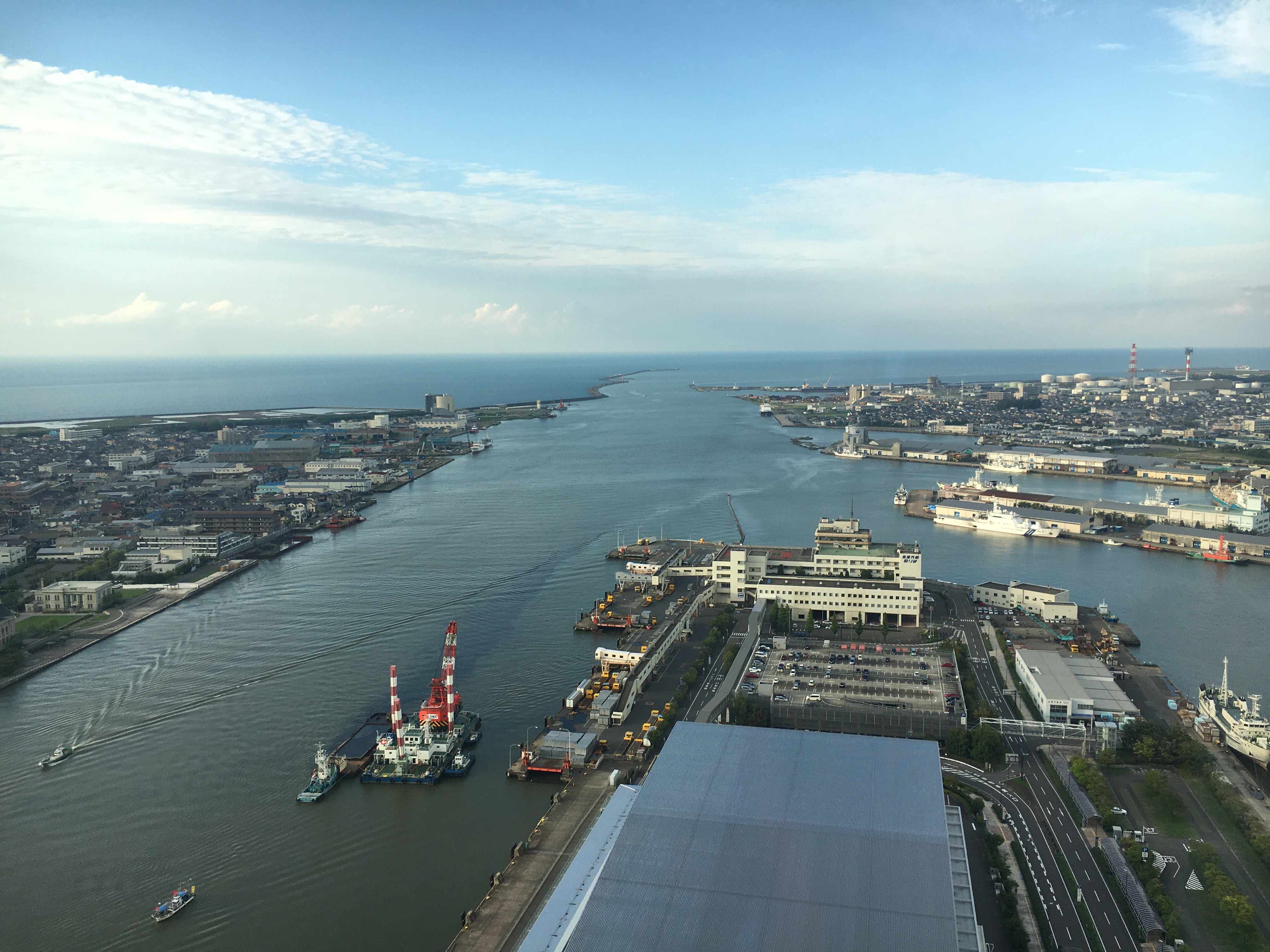
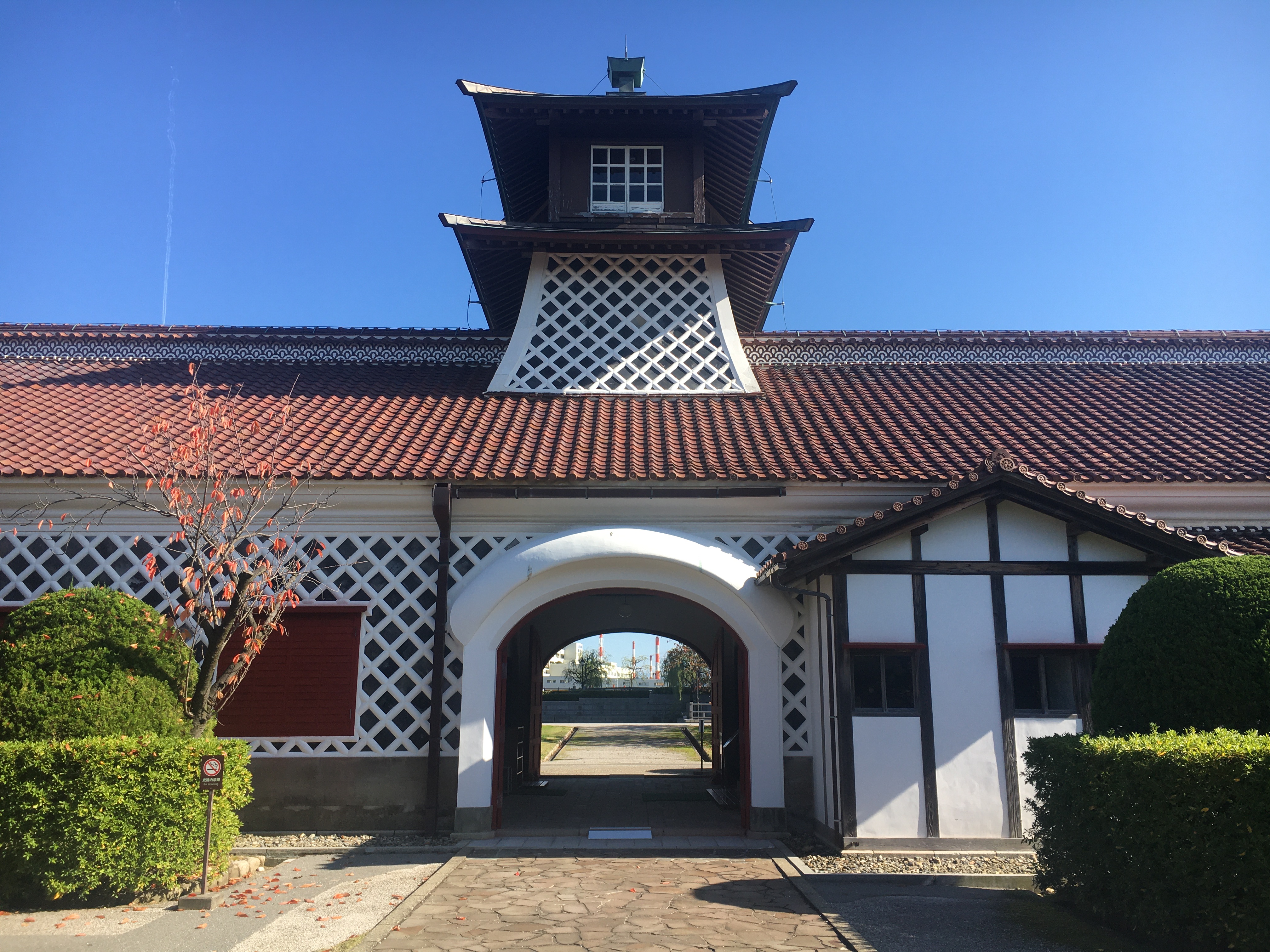
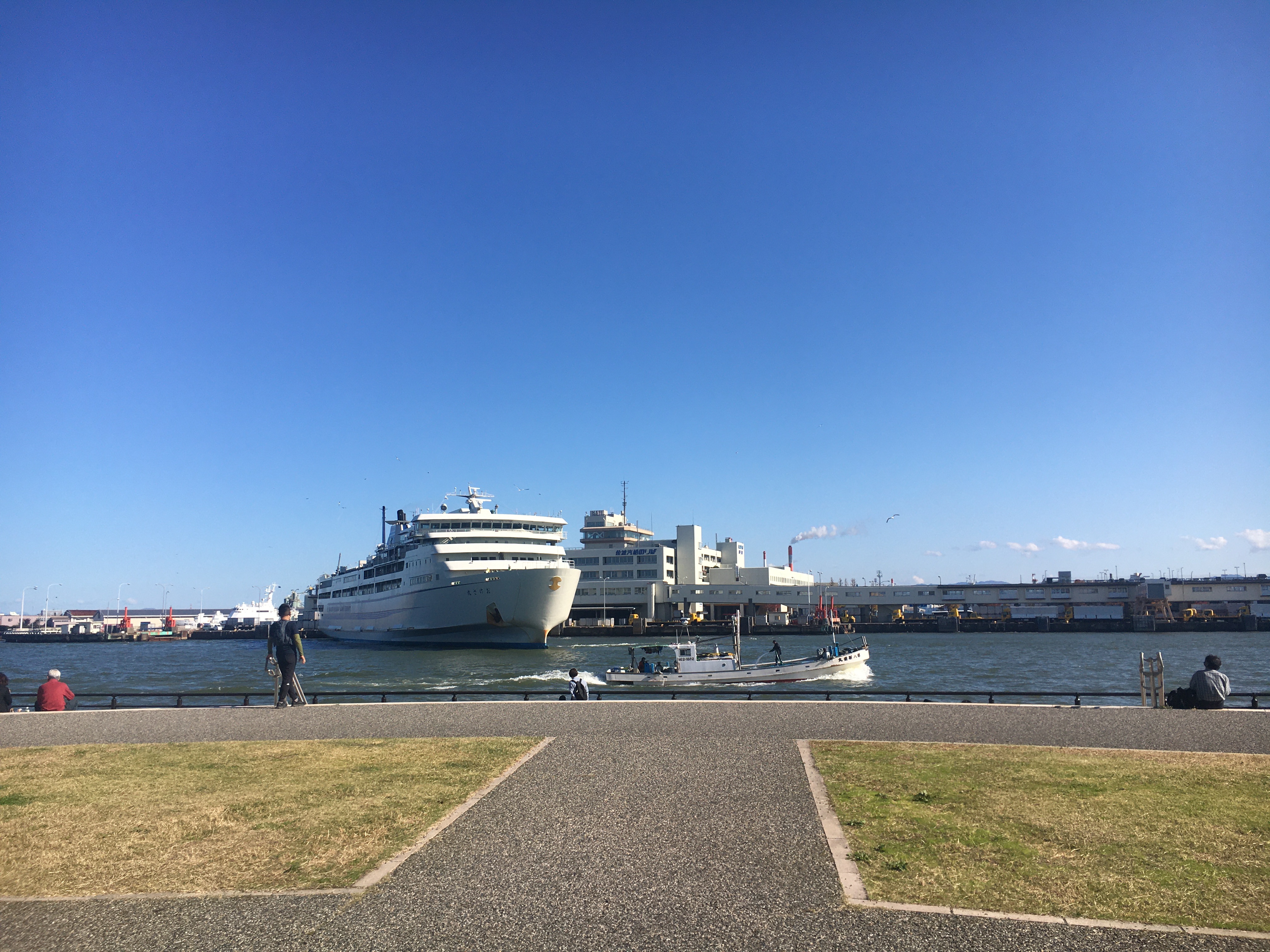
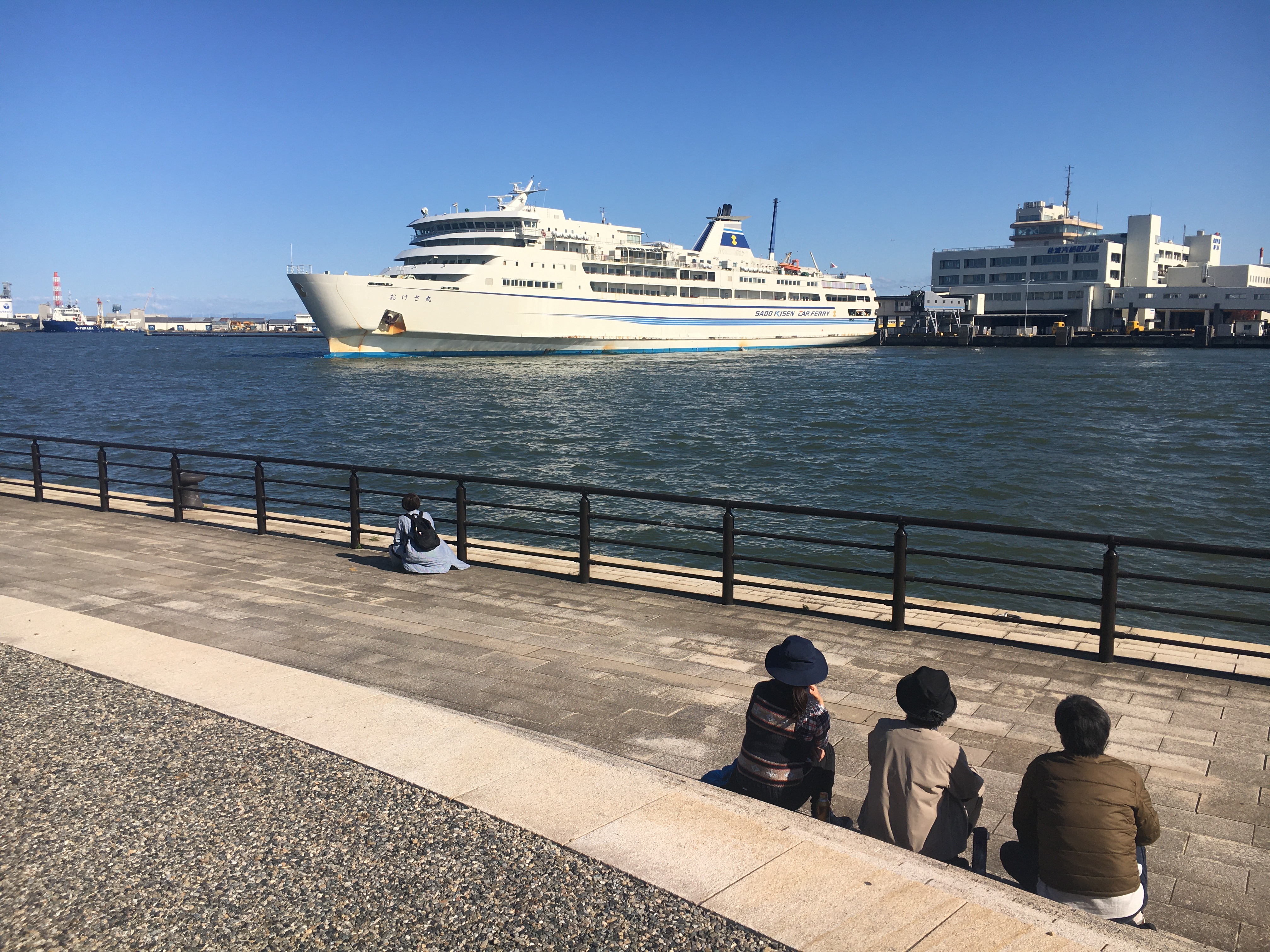
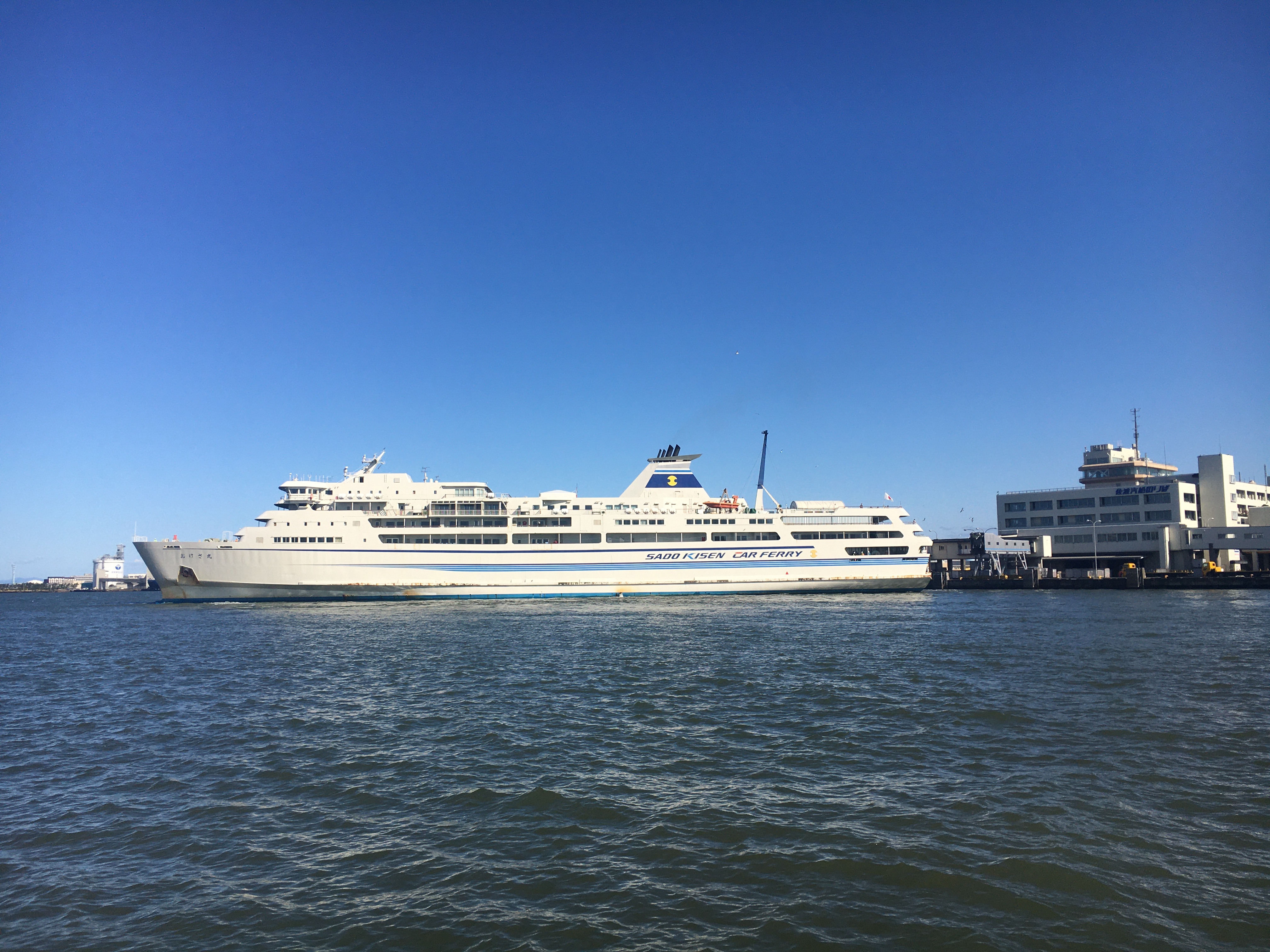
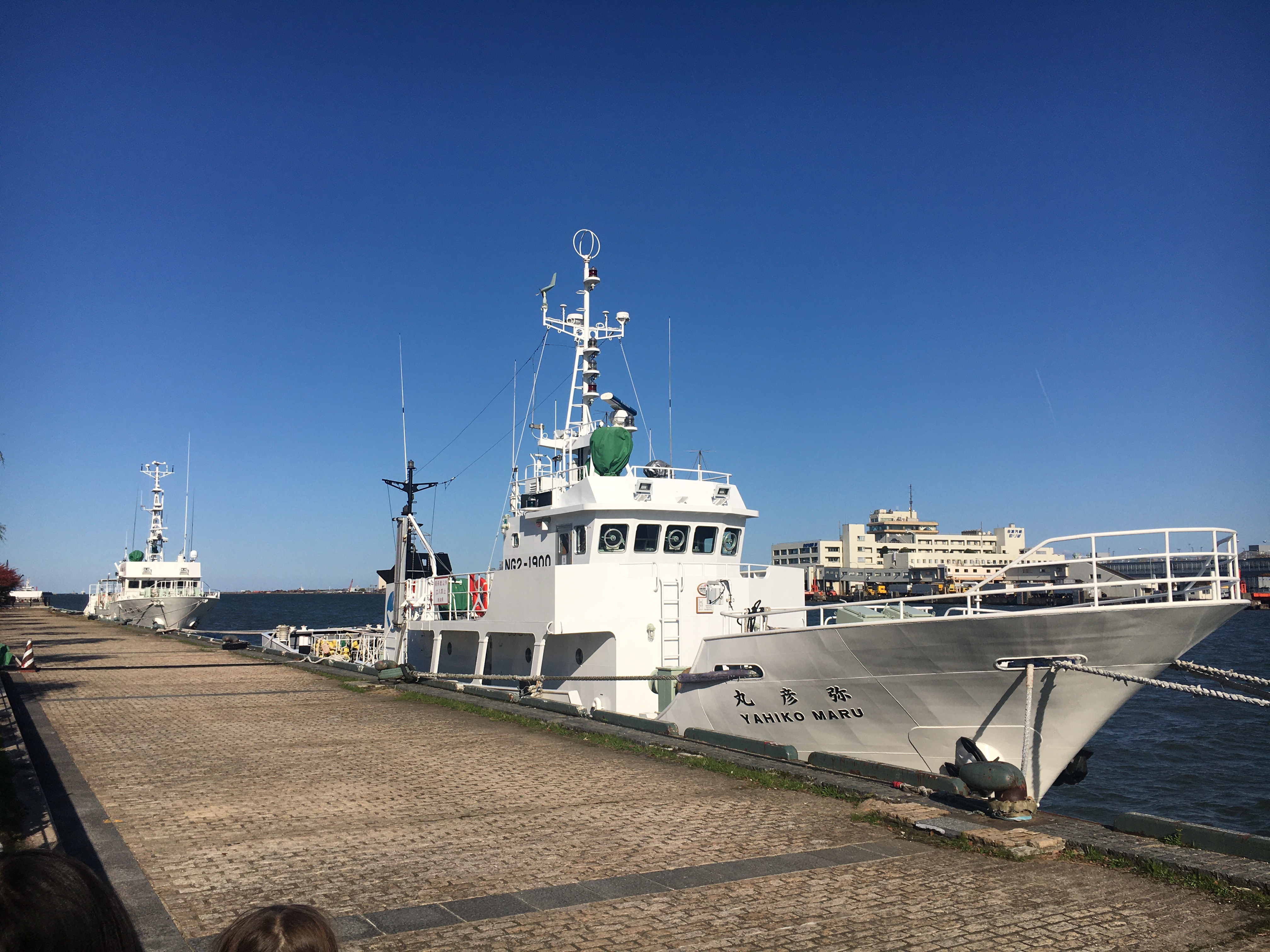
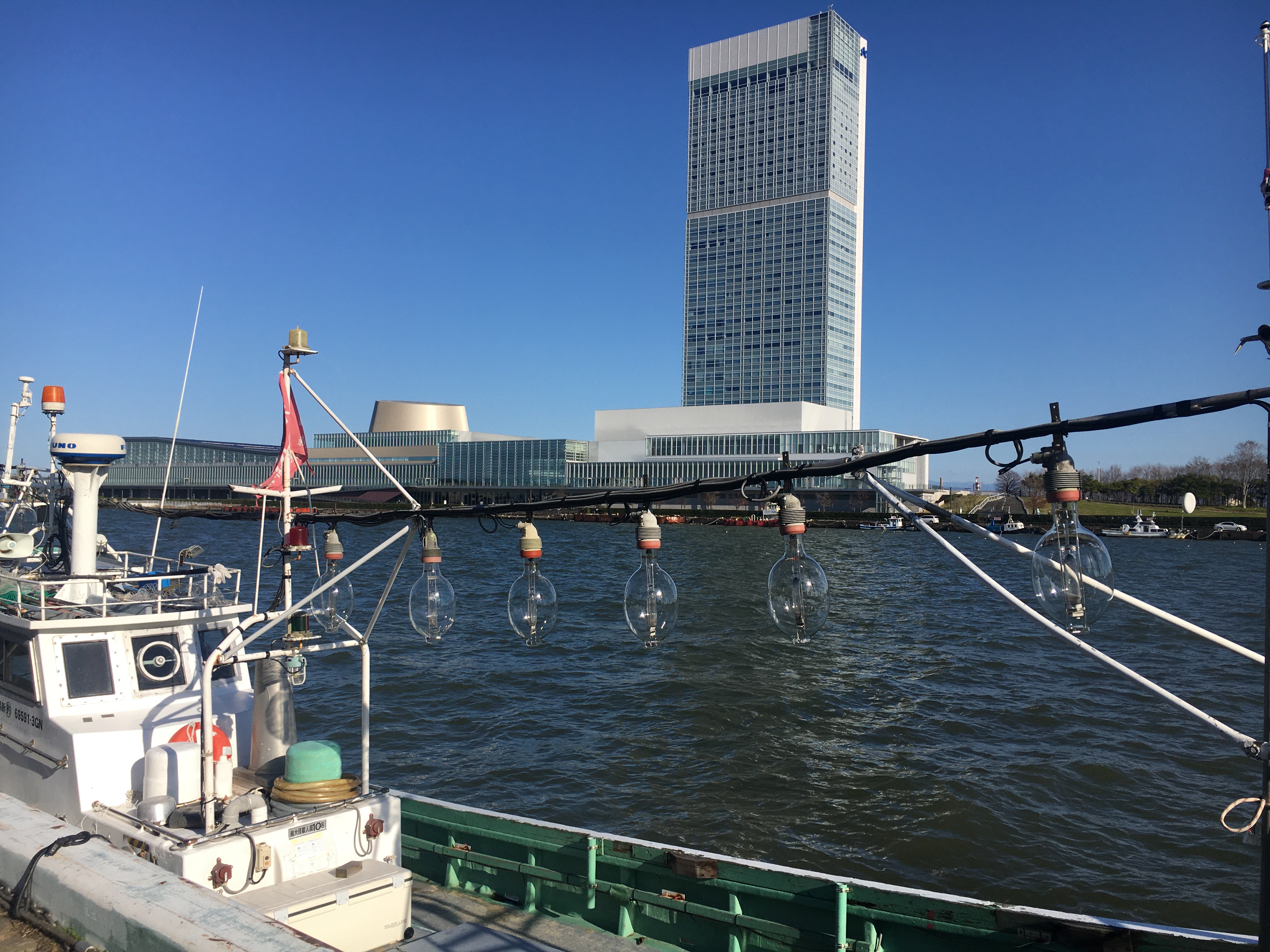
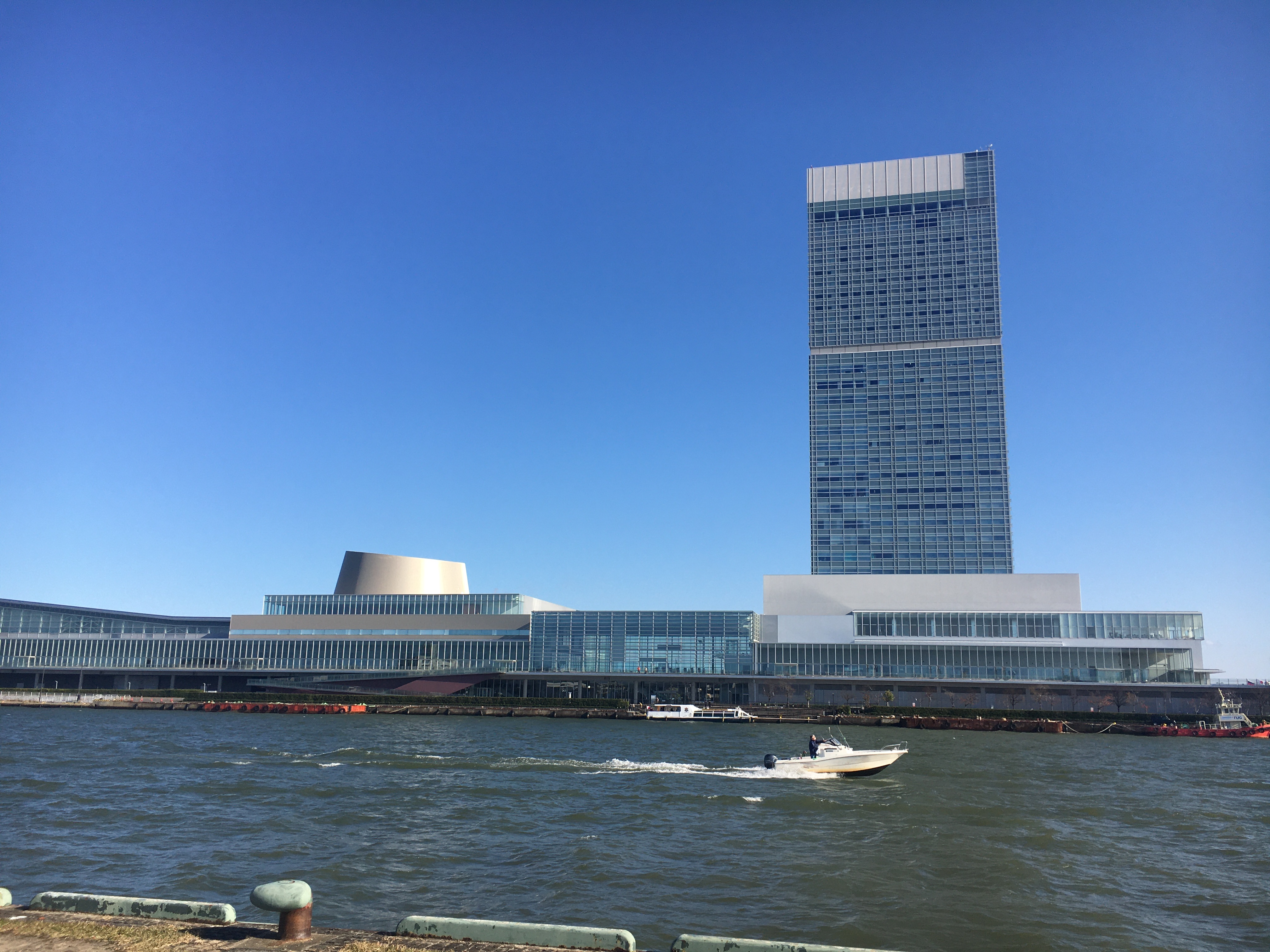
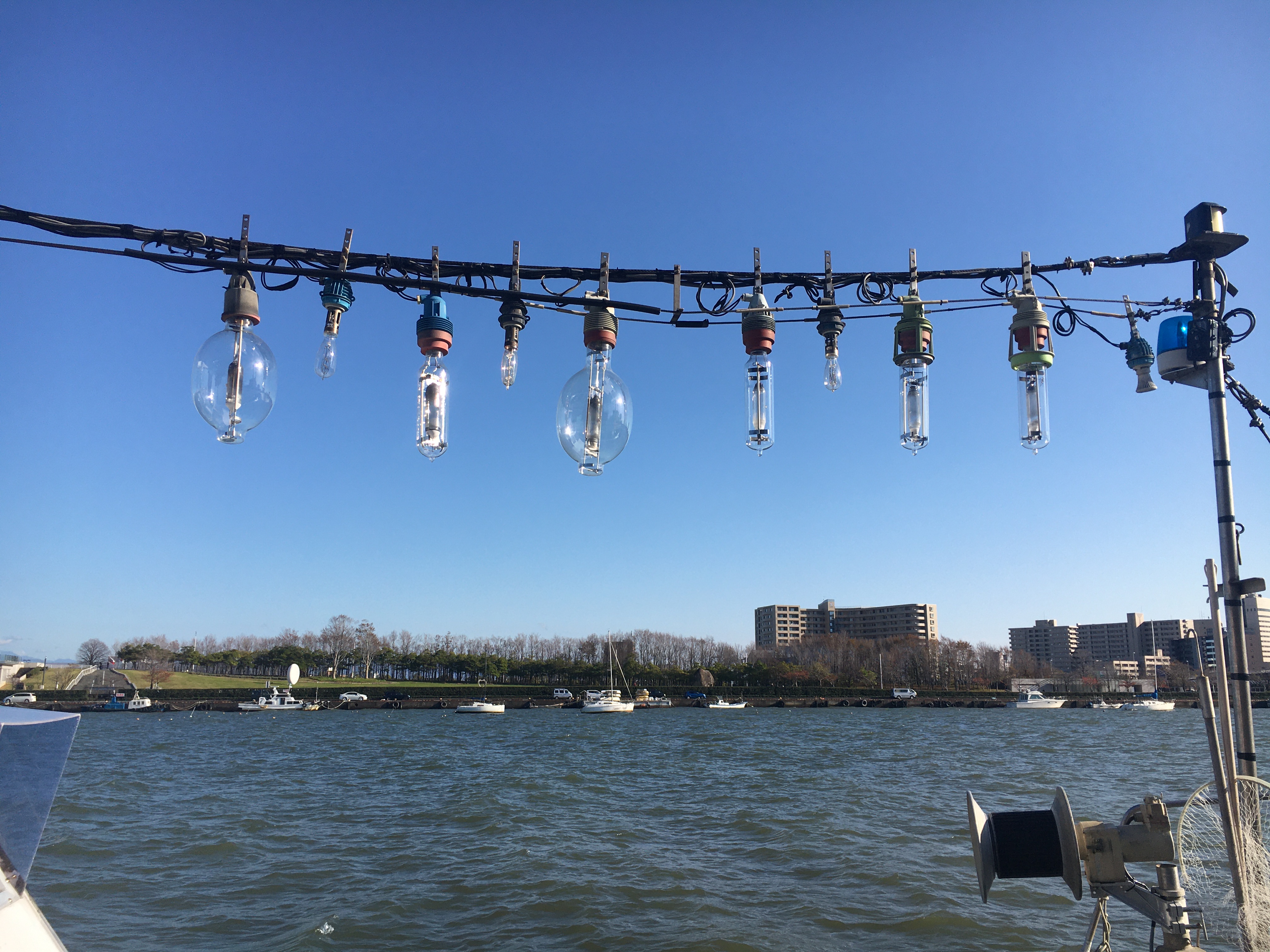
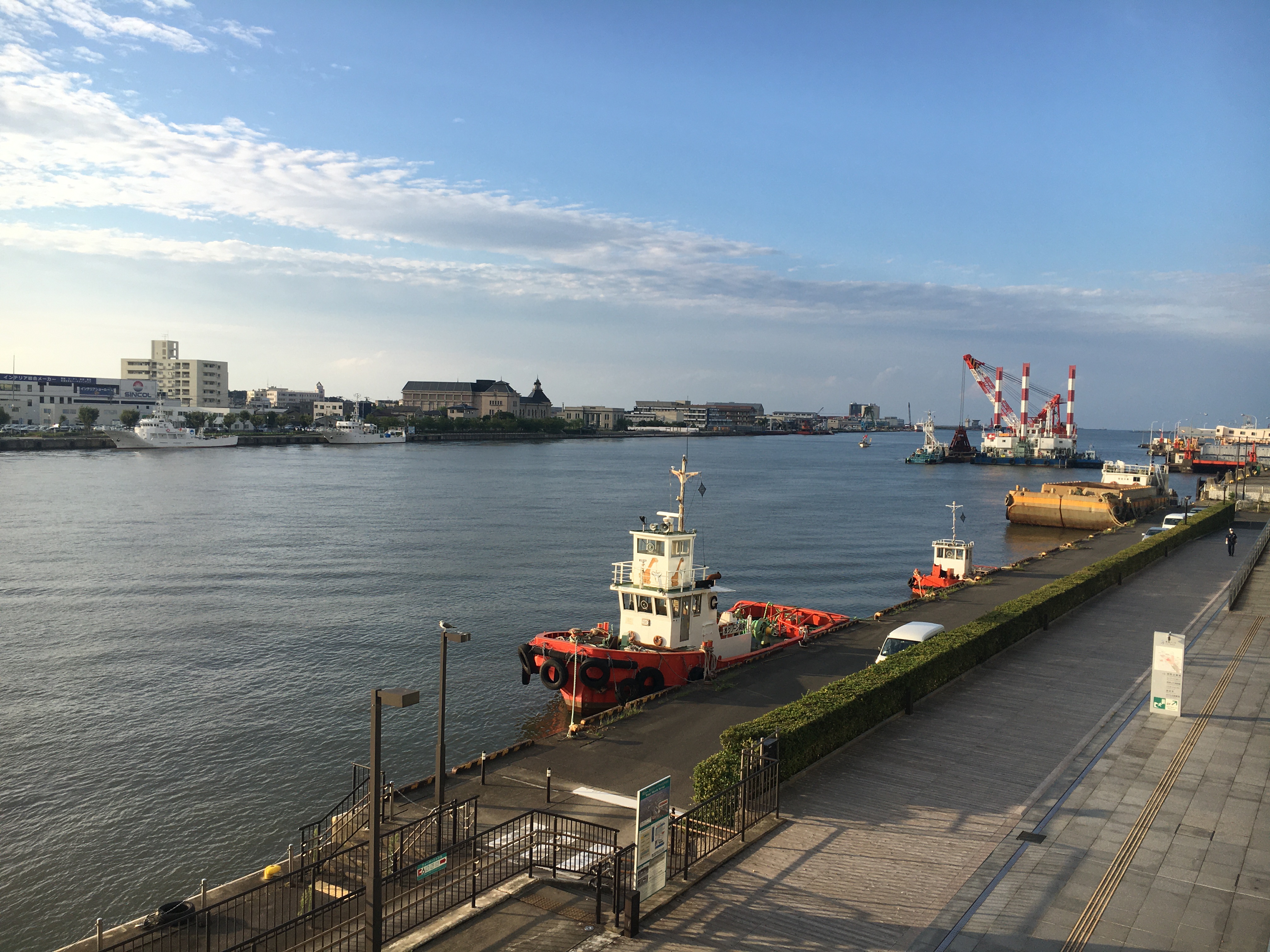
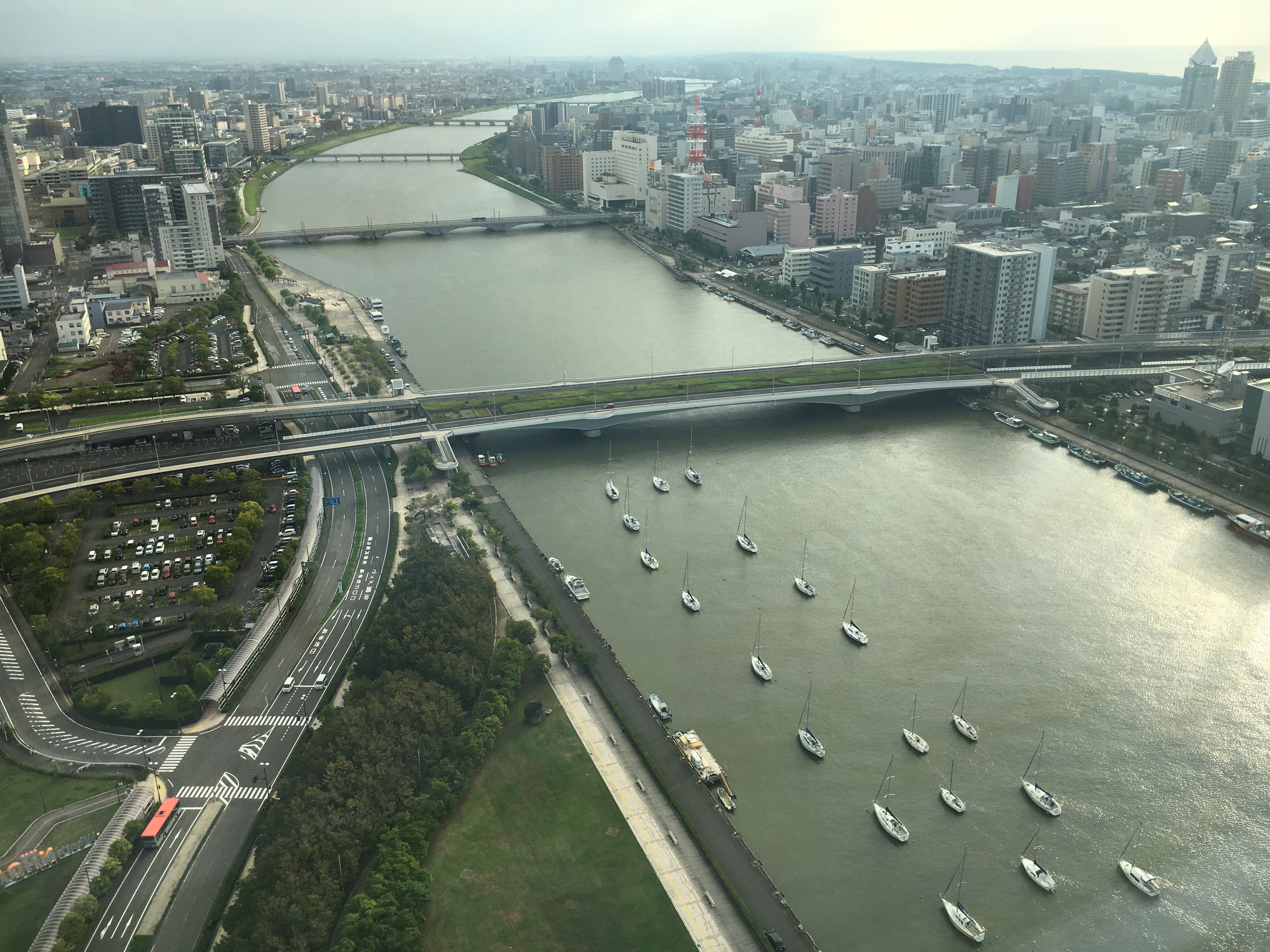
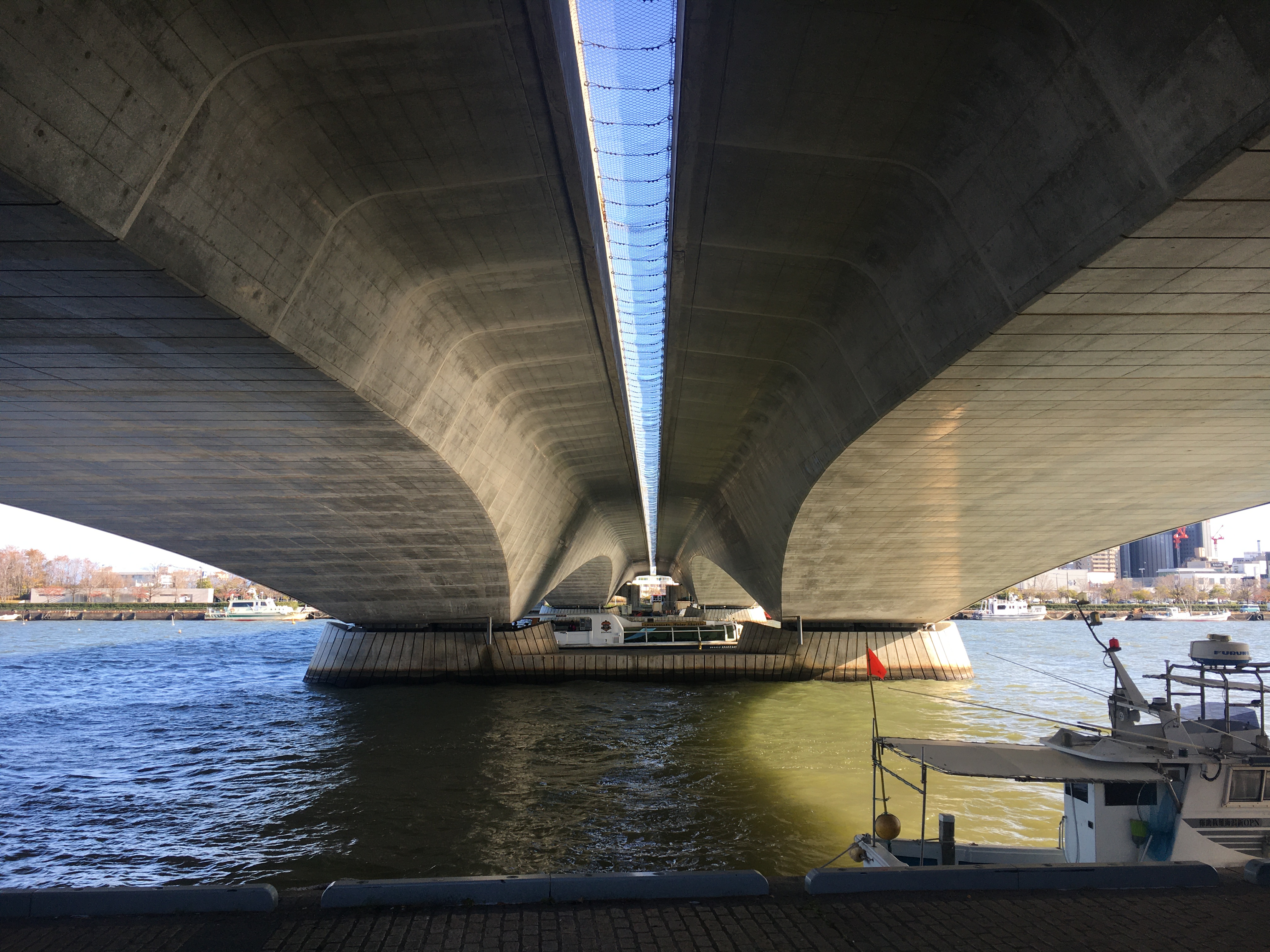

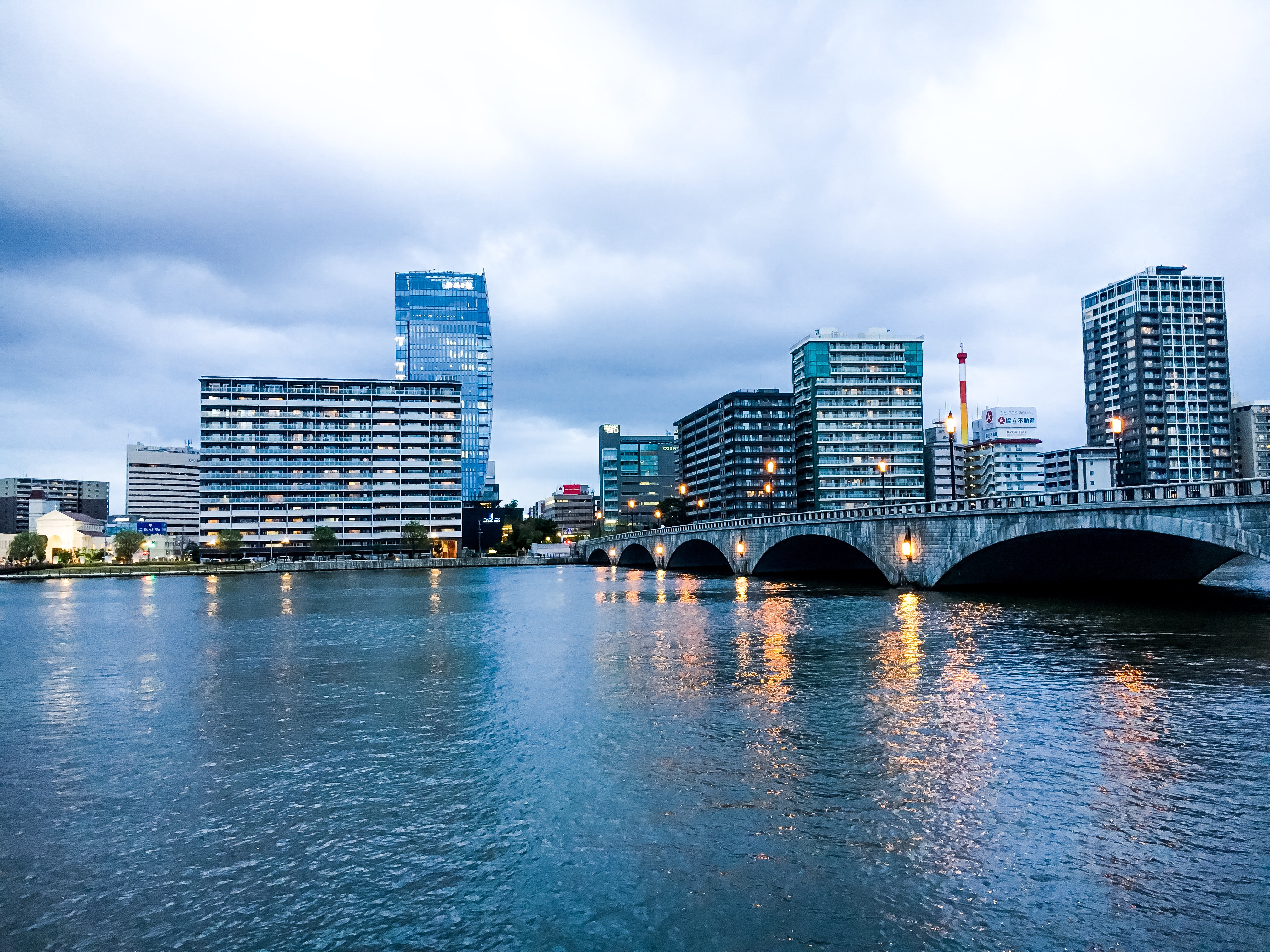
Hiya, @LivingUKTaiwan here, just swinging by to let you know that this post made it into our Honorable Mentions in Daily Travel Digest #1399.
Your post has been manually curated by the @pinmapple team. If you like what we're doing, please drop by to check out all the rest of today's great posts and consider supporting other authors like yourself and us so we can keep the project going!
Become part of our travel community:
thank you very much!
Wonderful! !PIZZA
arigato
!LUV
Such amazing pictures! It's so cool to witness the contrast where you could witness the old ancient-type buildings and then you could see these mega-structures and towering buildings reaching for the sky.
you are so right. but I guess in some cities this contrast must be even bigger
Yes, I think so too. Hope you have a great week ahead!
Everything here is just unique. Thanks for this article and the pictures.
cheers
Congratulations, your post has been added to Pinmapple! 🎉🥳🍍
Did you know you have your own profile map?
And every post has their own map too!
Want to have your post on the map too?